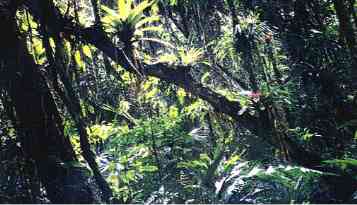
| MATA
ATLÂNTICA DE ENCOSTA -
BORACÉIA - SÃO PAULO |
| |
|
| |
|
| |
|
|
|

|
Bibliografia 1995 - Wolfgang Wilms - Die Bienenfauna im Kustenregenwald Brasilens und ihre Beziehungen zu Blütenpflanzen: Fallstudie Boracéia, São Paulo. Orientadora: Dra Vera Lucia Imperatriz-Fonseca. Co-orientador: Dr. Wolf Engels. 1996-Wilms, W.; Imperatriz-Fonseca, V.L. & Engels, W. - Resource partitioning between highly eusocial bees and possible impact of the introduced honeybee on native stingless bees in the Brazilian Atlantic rainforest. Stud. Neotrop. Fauna & Envirom., v.31, p.137-151. 1996-Wilms, W. - The highly eusocial bees of Boracéia: community structure, resource partitioning and their role as pollinators. In: Anais do 2o Encontro sobre Abelhas, Ribeirão Preto, p.196-204. 1997-Wilms, W. & Wiechers, B. - Floral resources partitioning between native Melipona bees and the introduced Africanized honey bee in the Brazilian Atlantic rain forest. Apidologie, v.28, p.339-55. |